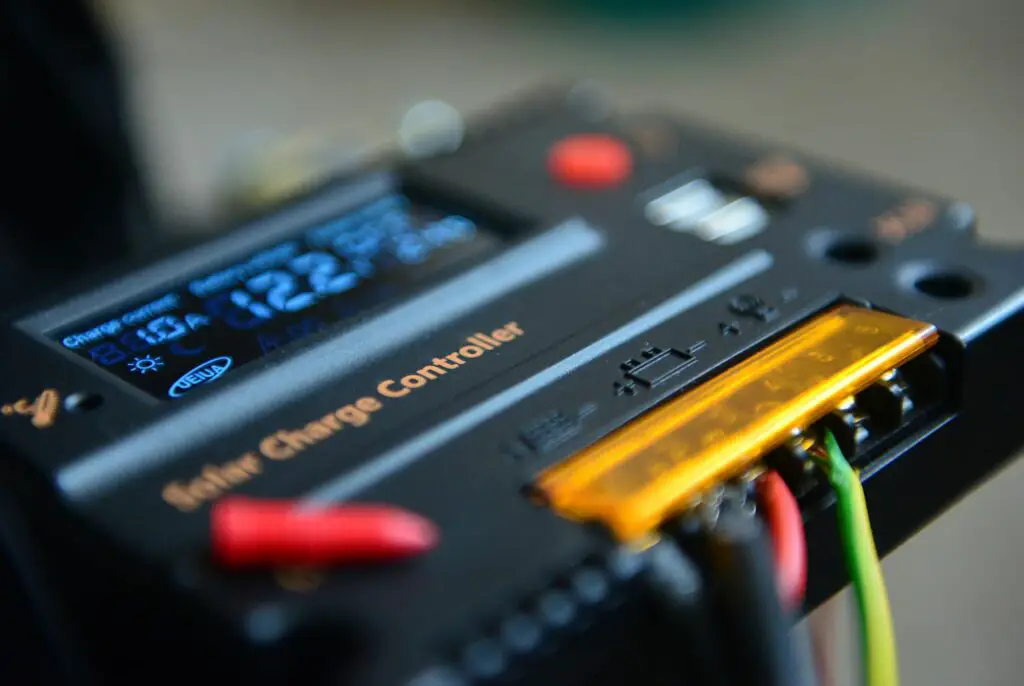Solar Charge Controller: Everything You Need to Know

Solar charge controllers are vital components in solar power systems, playing a crucial role in regulating the energy flowing from the solar panels to the solar battery.
They ensure batteries are charged correctly and safely, preventing overcharging and extending solar battery lifespan.
This article delves into the different types of solar charge controllers, their features, functions, and how to choose and troubleshoot them effectively.
Types of Solar Charge Controllers
Each type of solar charge controller has its unique advantages and is suited for different applications. Solar charge controllers mainly come in three types.
MPPT Solar Charge Controllers
MPPT technology tracks the best voltage at which the solar array generates the most power and then converts this power to suit the battery voltage.
Maximum Power Point Tracking (MPPT) controllers are highly efficient in extracting maximum power from the solar panels by adjusting the electrical operating point of the modules or array.
MPPT controllers are generally more efficient (30% maximum)than PWM controllers, especially in colder climates or when the battery is low on charge.
PWM Solar Charge Controllers
Pulse Width Modulation (PWM) controllers are simpler and lower-cost devices that maintain the battery’s life by reducing the power applied to it as it nears full charge.
Simple 1 or 2 Stage Controllers
These are the most basic types and are often used in very small systems like solar yardlights.
They basically connect or disconnect the solar panel to control voltage, but they offer the least amount of control and efficiency.
Solar Charge Controller Sizing
Choosing the right size of the solar charge controller is crucial. It involves considering the current and voltage of the solar panels.
It’s crucial to know the maximum input voltage that the solar charge controller can handle to prevent damage to the controller and ensure efficient operation.
Features and Functions of Solar Charge Controllers
Modern solar charge controllers come with various features like LCD displays, USB ports for charging devices, and various control options for load control and low-voltage disconnects.
The primary function of a solar charge controller is to regulate the energy flowing from the solar panels to the batteries, ensuring that batteries are not overcharged during the day and do not discharge back to the solar panels at night.
Solar Charge Controller Troubleshooting
Common issues with solar charge controllers include overcharging, undercharging, and no charging.
Troubleshooting steps often involve checking connections, ensuring panels are functioning, and verifying the controller’s settings.
Properly configuring solar charge controller settings is essential for the efficient and safe operation of the solar power system. These settings include load control, low-voltage disconnects, and charge parameters.
Solar Charge Controller Load Output
The load output of a solar charge controller is a dedicated connection point where you can connect devices or loads directly.
This feature allows the controller to manage the power supplied to connected appliances or lights, ensuring that the battery does not drain excessively.
The load output can often disconnect automatically when the battery voltage drops too low, protecting the battery from being overly discharged.
